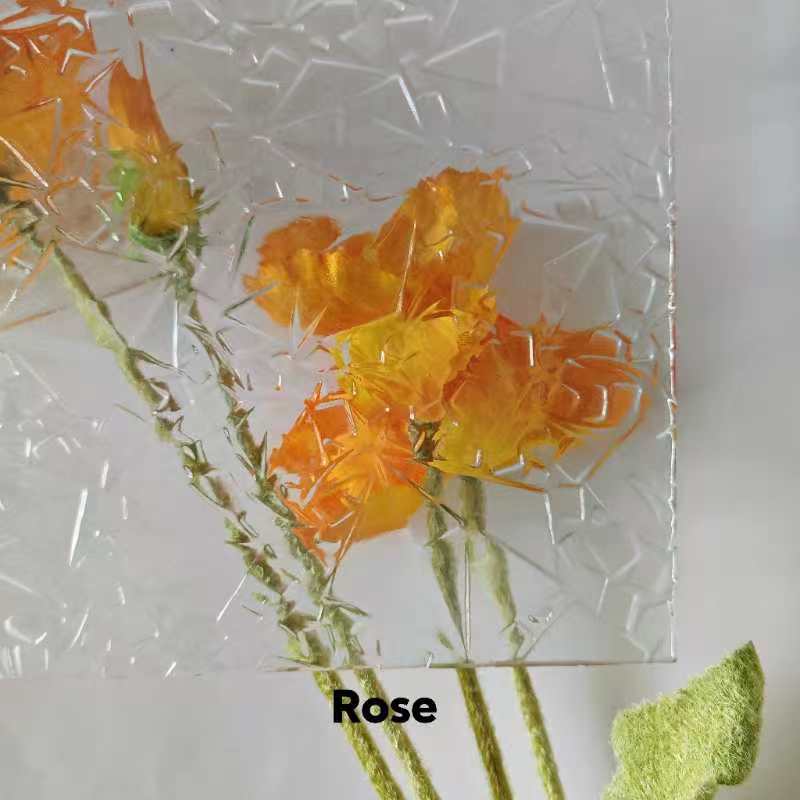

Exploring the Diverse World of Decorative Glass Types
Glass has long been a favored material in architecture and design, prized for its beauty, versatility, and ability to play with light. Among the various applications of glass, decorative glass types stand out for their aesthetic appeal and transformative properties. This article delves into the diverse categories of decorative glass, discussing their unique characteristics, applications, and the effects they can create in both residential and commercial spaces.
1. Stained Glass
Stained glass is perhaps one of the most recognized forms of decorative glass, with its origins tracing back to medieval churches and cathedrals. It typically consists of colored glass pieces joined together with lead came, which creates intricate designs often depicting religious or historical themes. Stained glass isn’t confined to historical buildings; it has found its way into modern homes, used in windows, doors, and even room dividers, allowing light to filter through in enchanting ways, casting colorful reflections and enhancing the atmosphere of a space.
2. Etched Glass
Etched glass is another popular decorative option that involves the use of acid or sandblasting techniques to create designs on the glass surface. This method allows for a high level of detail and the possibility of customizing patterns, logos, or images. Etched glass is widely used in both residential and commercial settings for privacy screens, bathroom windows, and office partitions. The subtle sophistication of etched designs adds a touch of elegance without sacrificing transparency or light.
Frosted glass is created by sandblasting, acid etching, or applying a film to clear glass, resulting in a translucent surface that obscures visibility while still allowing light to pass through. This type of glass is ideal for enhancing privacy, making it a popular choice for bathroom windows, shower doors, and office spaces. The soft, diffused light that frosted glass provides can create a serene and calming environment, making it a favorite for contemporary interior design.
4. Colored Glass

Colored or tinted glass is manufactured by adding metal oxides to the glass during production. This results in glass that comes in a variety of colors and shades, allowing for creative expression in architectural design. Colored glass can be used in windows, skylights, and decorative panels, providing a vibrant and dynamic element to any space. It can also reduce glare and heat gain from sunlight, adding practical benefits alongside visual appeal.
5. Patterned Glass
Patterned glass features decorative textures or designs that can be seen on one or both sides of the material. The patterns can be linear, geometric, floral, or abstract, providing an artistic flair that enhances any application. Often used in shower doors, cabinet doors, and partitions, patterned glass combines privacy with style, adding depth and interest to the overall design.
6. Laminated Glass
Though often associated with safety and structural strength, laminated glass can also serve decorative purposes. This type of glass consists of two or more layers sandwiching a layer of transparent vinyl interlayer. This interlayer can be colored or patterned, allowing for creativity while providing extra strength and safety. Laminated glass is commonly used in railings, facades, and as decorative elements in interiors.
7. Murano Glass
Originating from the Venetian island of Murano, Murano glass is known for its exceptional craftsmanship and artistry. Artisans utilize traditional techniques to produce this intricate glass, resulting in colorful, unique pieces that often reflect Venetian culture. Murano glass is widely used for artistic installations, light fixtures, and decorative objects, cherished for its beauty and uniqueness.
Conclusion
The world of decorative glass types is rich and varied, each offering distinct aesthetic and functional benefits. From the historical beauty of stained glass to the contemporary elegance of etched and frosted glass, incorporating decorative glass elements into design can profoundly enhance the ambiance of any space. As trends in architecture and interior design continue to evolve, decorative glass will undoubtedly remain a cherished and dynamic medium.